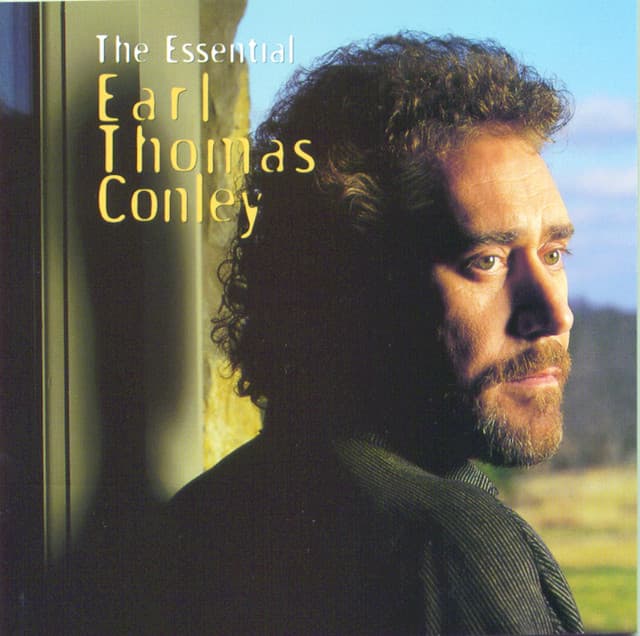
That Last Conversation You Rehearsed a Thousand Times in Your Head
For anyone who came of age during country music’s smooth, sophisticated embrace of the 1980s, the name Earl Thomas Conley immediately evokes a distinctive kind of romantic melancholy. He wasn’t the traditional honky-tonk hero; he was the thoughtful troubadour, the master of the subtle, soul-baring ballad. And among his extraordinary run of chart-toppers—a staggering 18 Billboard No. 1 country singles in the ’80s and early ’90s—few songs captured the raw, unresolved agony of a breakup quite like “What I’d Say.”
This unforgettable track was released in October 1988 as the third single from his album, The Heart of It All. It was a late-decade success that carried his momentum right into the next year. On the strength of Conley’s intensely emotive performance, the single ascended the charts, reaching the coveted No. 1 position on the Billboard Hot Country Songs chart on February 4, 1989. It also topped the Canadian country charts and spent fourteen weeks total on the U.S. country chart, proving that its message of painful indecision resonated deeply with listeners. Written by the formidable team of Robert Byrne and Will Robinson, the song perfectly encapsulated the emotional complexity that was Conley’s trademark.
The story at the heart of “What I’d Say” is one we, as reflective adults, understand all too well: the agonizing aftermath of a deeply hurtful goodbye. It centers on a man consumed by imaginary conversations with the woman who shattered his world and walked away. He’s stuck in a perpetual loop, rehearsing the perfect words for a reunion he both dreads and desires. This isn’t a song about getting over a breakup; it’s about the mental exhaustion of holding onto the idea of a final, decisive encounter.
The lyrics lay out the man’s internal tug-of-war with gut-wrenching clarity: Should he play it cool and distant—“How’s it going? Might be what I’d say”? Should he acknowledge the lingering wound—“God, I missed you since you went away”? Or should he finally let the bitterness fly—“You’re looking well, or go to hell, might be what I’d say.” The brilliance lies in the conclusion: he admits he simply doesn’t know, and the ex-lover will have to wait until that fateful day to find out what truly spills out. It is the ultimate admission of vulnerability, a man stripped bare by grief, unable to settle on a final emotional state.
For those who lived through the era of late-night drives and whispered words into radio speakers, “What I’d Say” is a poignant time capsule. It reminds us of a time when the soft synthesizer pads, the smooth production of the 80s, and Earl Thomas Conley’s husky, breathy delivery combined to create something that felt intensely personal. He sang with a sincerity that convinced you he wasn’t just performing a song, but living the very pain he described. It’s the sound of a man who bottled up all his anger, his hope, and his despair, only to realize that in the moment of truth, the script would likely fly right out the window. This emotional honesty is why, even now, the track remains one of the most powerful and relatable anthems of lost love.